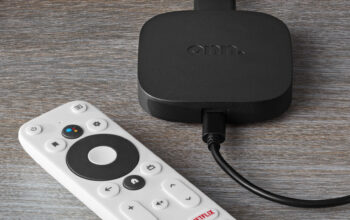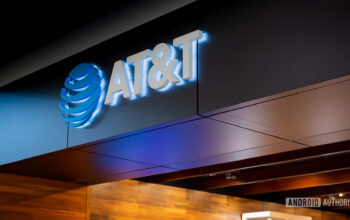
Adamya Sharma / Android Authority
2023 delivered some of the best wireless earbuds and headphones that money can buy. From the sporty Jabra Elite 8 Active to the future-proof Bose QuietComfort Ultra Headphones, there were plenty of feature-rich headphones to choose from. But with such fast-paced change and increasing competition from more affordable brands, can high-end manufacturers deliver the goods over the coming year? While there are no confirmed dates yet, we have gathered information on which headphones to look forward to over the next 12 months. Here is my list of the best headphones to expect in 2024.
Sony WH-1000XM6
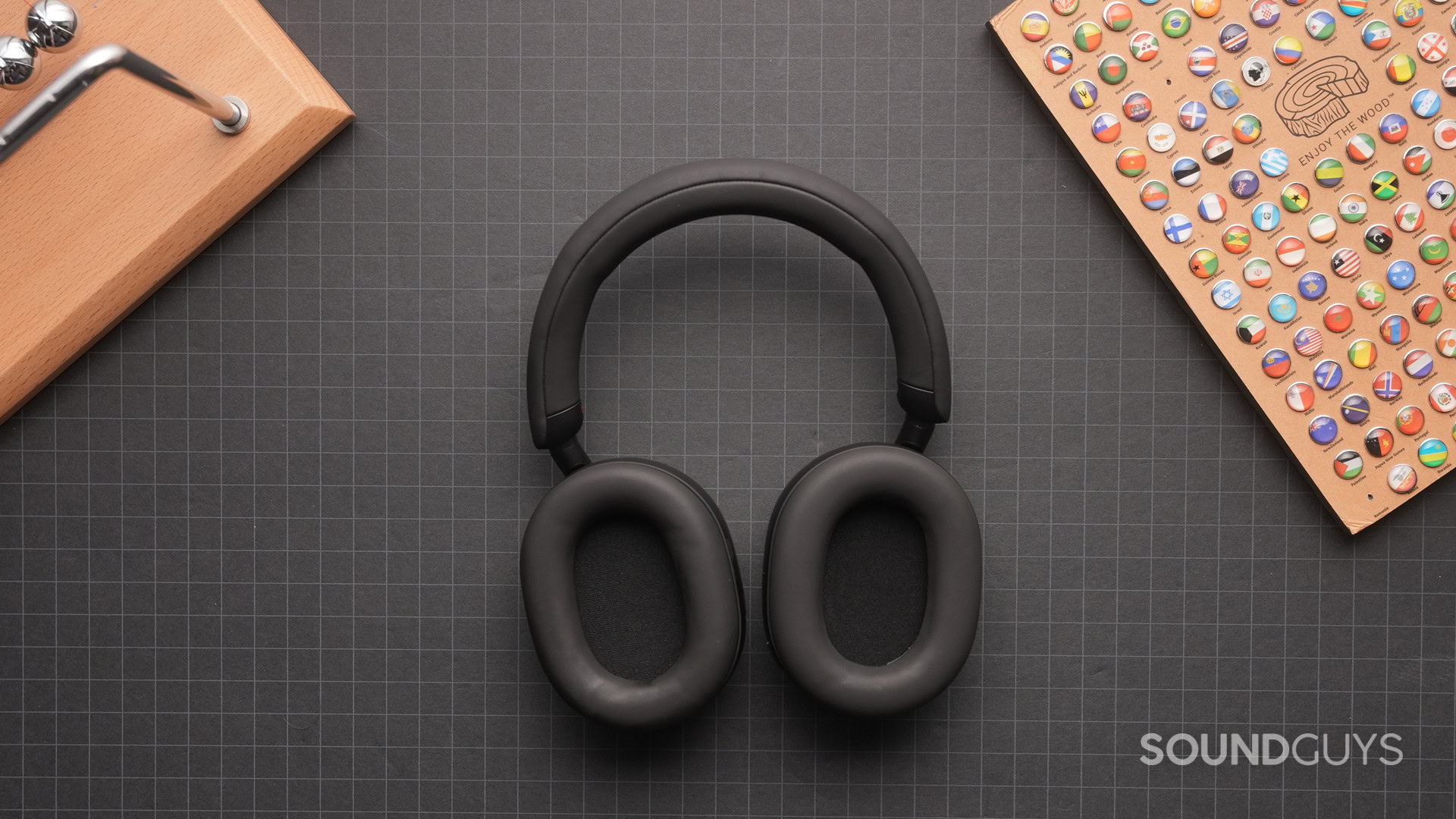
Chris Thomas / Android Authority
While the launch of the Sony WH-1000XM6 may seem a way off, the company has stuck to a predictable two-year release window since the XM3. Given the Sony WH-1000XM5 came to market on May 20, 2022, Sony will likely update its most popular WH-1000X line in the Summer or Fall of 2024.
The Sony WH-1000XM5 are lauded for their formidable active noise canceling, OS-agnostic design, and superior comfort. Their vegan leatherette-coated earcups form a robust seal over the ear to deliver excellent isolation. The headphones attenuate sounds where most music is found by around 30dB. This makes intrusive noises from trains, engines, and streets roughly one-eighth as loud as without ANC activated. The Sony Headphones Connect App (iOS/Android) helps to bring the best out of the XM5. In particular, the app provides access to ANC optimization, a custom EQ, 360 Reality Audio, and firmware updates.
Sony will likely bring the WH-1000XM6 to market in the summer or fall of 2024.
In addition to the above features, we expect the XM6 to retain Sony’s Speak to Chat feature. This intelligently pauses and resumes audio playback when you talk. The headphones are also likely to keep the simple touch controls of their predecessor. These include swipe gestures along the flat of the ear cups to skip songs forwards and backward and to increase or decrease volume. This is more intuitive than button controls, given that buttons are difficult to navigate while wearing headphones.
Battery life is a mainstay of the XM5, and we expect this to continue with the WH-1000XM6. For example, Sony’s most recent flagship headphones boast over 30 hours of battery life with ANC activated and up to 50 hours without it. The headphones will likely support Bluetooth 5.2 and provide wireless connectivity via the SBC, AAC, and LDAC Bluetooth codecs. This is in addition to wired connectivity via a 3.5mm aux input and Bluetooth Multipoint for multiple device streaming. However, Sony should provide a foldable headband for the XM6 to make transport more convenient. The XM5’s lack of an IP rating is an oversight and something we hope Sony will bring to the updated XM6. This would help to protect the headphones from sweat, water splashes, and dust.
Samsung Galaxy Buds 3 Pro
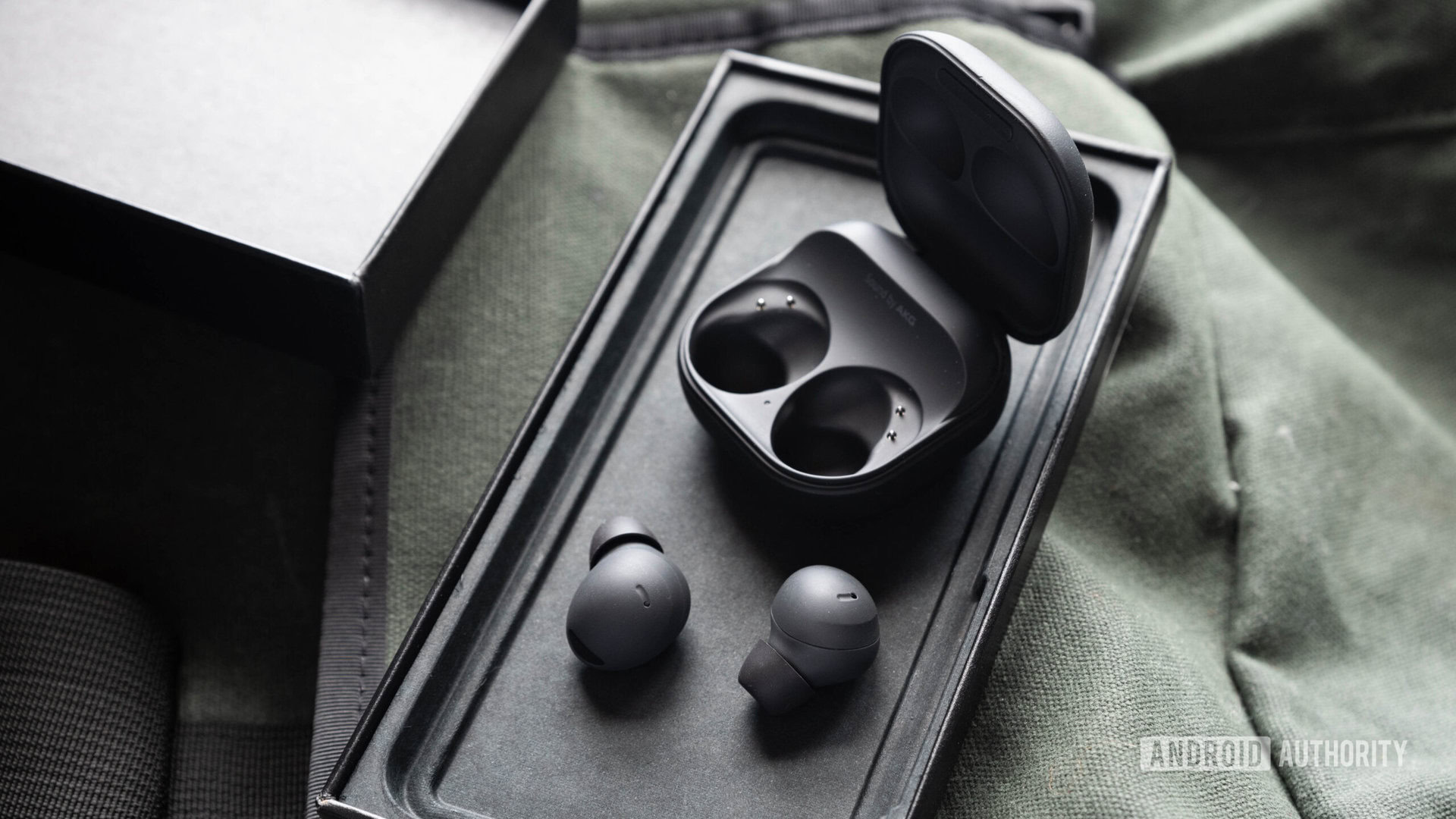
Lily Katz / Android Authority
Earlier this year, SamMobile reported that the Galaxy Buds 3 Pro will launch in 2024. This seems likely, given Samsung skipped over 2023 without any mention of its flagship earbuds. Citing its sources, SamMobile believes the Galaxy Buds 3 Pro could launch alongside the next Galaxy Z Fold and Galaxy Z Flip smartphones. If so, we could see a formidable pair of Bluetooth earbuds that boast around 50dB of noise canceling, decent isolation, and a pleasing frequency response. While currently unavailable on iOS, the Galaxy Buds 3 Pro will likely enjoy Samsung 360 Audio capabilities and the Samsung Seamless Codec for 24-bit audio streaming.
SamMobile reports that the Samsung Galaxy Buds 3 Pro will launch sometime in 2024.
Like their predecessor, Samsung’s next-gen buds will likely adorn a matte finish and protruding form factor. However, unlike their more pedestrian brethren, the Galaxy Buds 3 Pro should support head tracking while streaming Dolby Atmos content. The earbuds will likely support Bluetooth 5.3, too, transmitting wireless content via SBC, AAC, and the company’s proprietary Seamless Codec. Those with a Samsung smartphone should also be able to use automatic device switching and Intelligent Conversation mode that automatically activates Ambient sound when speaking.
Thankfully, the Galaxy Buds 2 Pro fixed the hypersensitive touch controls of their predecessor. We expect Samsung’s next-gen buds will adopt this improvement when they come to market, in addition to command sound prompts and greater control customization via the Samsung Wearables app. Ideally, the Galaxy Buds 3 Pro will boast longer battery life than the Galaxy Buds 2 Pro. These earbuds provide an uninspiring playtime of four hours and 50 minutes. The Samsung Wearables app would also benefit from housing a custom EQ and a broader list of EQ presets. While high-end features beget high-end prices, Samsung should consider launching its flagship buds for less than $299 to remain competitive.
Google Pixel Buds A Series 2
Lily Katz / Android Authority
The Google Pixel Buds A Series mark the company’s first attempt at designing affordable headphones. Having only released four earbuds during its tenure, Google has much to live up to when pitted against Sony, Samsung, and Apple. Nevertheless, the Pixel Buds A Series fixed many of the clunky connectivity issues of the original Pixel Buds. Considering Google launched the Pixel Buds A Series on June 17, 2021, and has released earbuds every year since 2020, we expect the Pixel Buds A Series 2 to come to fruition in the summer of 2024.
For those already invested in the Google ecosystem, the Pixel Buds A Series provide high-end features on a wallet-friendly budget. We expect Google’s next-gen upgrade to benefit from the “Hey Google” voice assistant, in-ear detection, and bass boost. The earbuds will almost certainly adorn a similar snail-like form factor as their predecessor and host wing tips for improved security. Media playback will likely be controlled via flat touch panels on the exterior of the buds, and at least an IPX4 water-resistant rating should feature to protect from sweaty workouts. Like the original Pixel Buds A series, Google’s next-gen budget buds will likely sacrifice noise canceling for an affordable price tag.
Google has released earbuds every year since 2020. The updated Pixel Buds A Series 2 should launch in 2024.
Google’s affordable Pixel Buds A Series own many Bluetooth specifications boasted by the more expensive Pixel Buds Pro. For example, the Pixel Buds A-Series connect to smartphones via Bluetooth 5.0 and stream media via the SBC and AAC Bluetooth codecs. Google Fast Pair is also supported with devices running Android 8.0+ for one-step pairing. However, unlike the Pixel Buds Pro, Bluetooth Multipoint connectivity doesn’t work with the A Series. While the Google A Series 2 would benefit from a broader list of Bluetooth codecs and Multipoint connectivity, the company will likely save these features for its Buds Pro line.
With an assumed list of pleasing colorways in Clearly White, Dark Olive, Charcoal, and Sea, and an average battery life of around five hours, the Pixel Buds A Series 2 will likely appease Android users when they come to fruition. Given the original Pixel Buds A Series provide 19 extra hours of charge from the case, the Pixel Buds A-Series 2 should last at least a week. Google may bring wireless charging to the updated A Series 2, and the case should fast charge the earbuds. Like the original A Series, five minutes of charging should provide at least 60 minutes of music listening. Ultimately, users will be attracted to the A Series 2 for their appealing price tag. If the original Pixel Buds A Series are anything to go by, we can expect Google’s flagship buds to debut for around $99.
Apple AirPods Pro (3rd Generation)
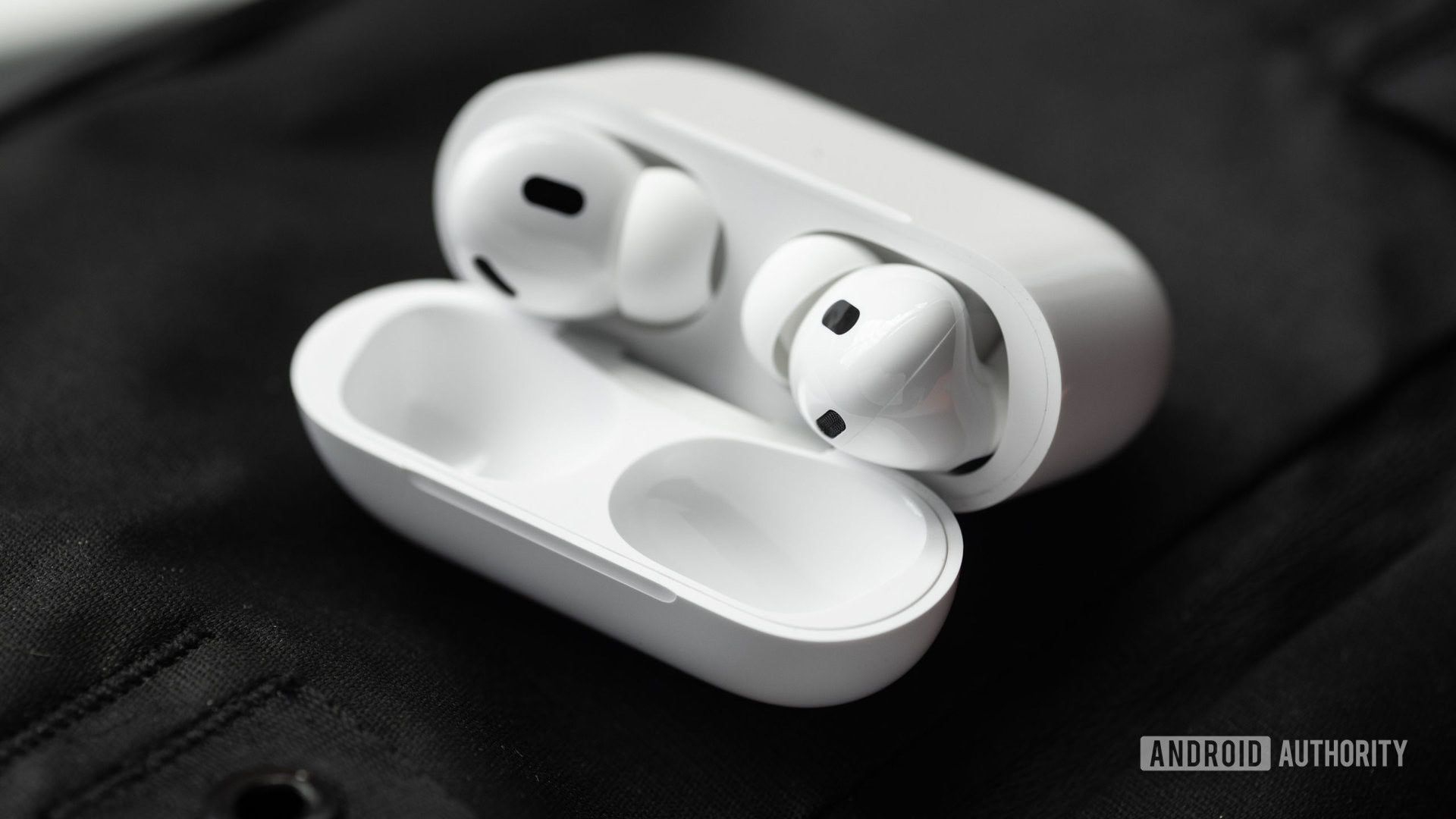
Lily Katz / Android Authority
The Apple AirPods Pro (2nd Generation) are some of the most sought-after true wireless earbuds for iPhone owners. Descending from a seven-year success story, the AirPods Pro 2 play host to industry-leading sound quality and impressive noise canceling. Apple’s Wearables and Home Accessories category, which includes all AirPods, continued to outstrip Mac and iPad sales in Q2 of 2023. Given the unwavering popularity of the AirPods line and the fact that the AirPods Pro 2 came to market on September 23, 2022, we may see the Apple AirPods Pro 3 launch in late 2024.
Earlier this year, trusted industry analyst Ming-Chi Kuo predicted that the next-gen AirPods could ship in the second half of 2024 or the first half of 2025. This prediction was backed up by Mark Gurman, who reported in October that Apple may overhaul its AirPods line next year. To that end, Gurman notes that Apple plans to bring forward its fourth-generation AirPods, followed by an upgrade to the AirPods Pro a year later. While this indicates the AirPods Pro 3 will not come to market until 2025, Apple has remained tight-lipped. With a big shake-up to its AirPods brand looming, we hope the updated AirPods Pro 3 will land within 12 months.
Trusted industry analysts Ming-Chi Kuo and Mark Gurman predict the next-gen AirPods will launch in the second half of 2024 or first half of 2025.
The white all-plastic build of the original AirPods Pro and AirPods Pro 2 has become an industry blueprint for many earbud manufacturers. Because of this, we expect the AirPods Pro 3 will wear an almost identical shape to their predecessors. This is an addition to touch-sensitive stems and oblong divots for audio playback and call control. Like the AirPods Pro 2, these allow users to swipe up or down to control the volume, which was not supported with the original AirPods Pro. Contrary to some other major earbud brands, the AirPods Pro 3 should also ship with extra small ear tips. While they will likely enjoy a water-resistant IPX4 rating, the AirPods Pro 3 would benefit from protection against dust ingress.
In 2023, Apple relaunched its AirPods Pro 2 to support USB-C charging instead of its proprietary Lightning input. The AirPods Pro 3 will likely follow suit, boasting a charging case with a USB-C port. As with Apple’s AirPods Pro 2, the charging case for the AirPods Pro 3 should support Qi Wireless and MagSafe charging. We may also see an updated U2 chip inside the case, and the AirPods Pro 3 may integrate Apple’s newest H3 chip. This would provide access to some of Apple’s most advanced features, such as Adaptive Transparency Mode, battery optimization, spatial audio, and automatic switching between iOS devices. Apple’s H3 chip may even provide health-related features, such as superior Hearables technology, weight monitoring, mood tracking, and bespoke health analysis. For around $249, users are right to expect the AirPods Pro 3 to deliver high-end features. However, as with previous AirPods, many of these are unlikely to work harmoniously with Android.
Apple AirPods Max 2
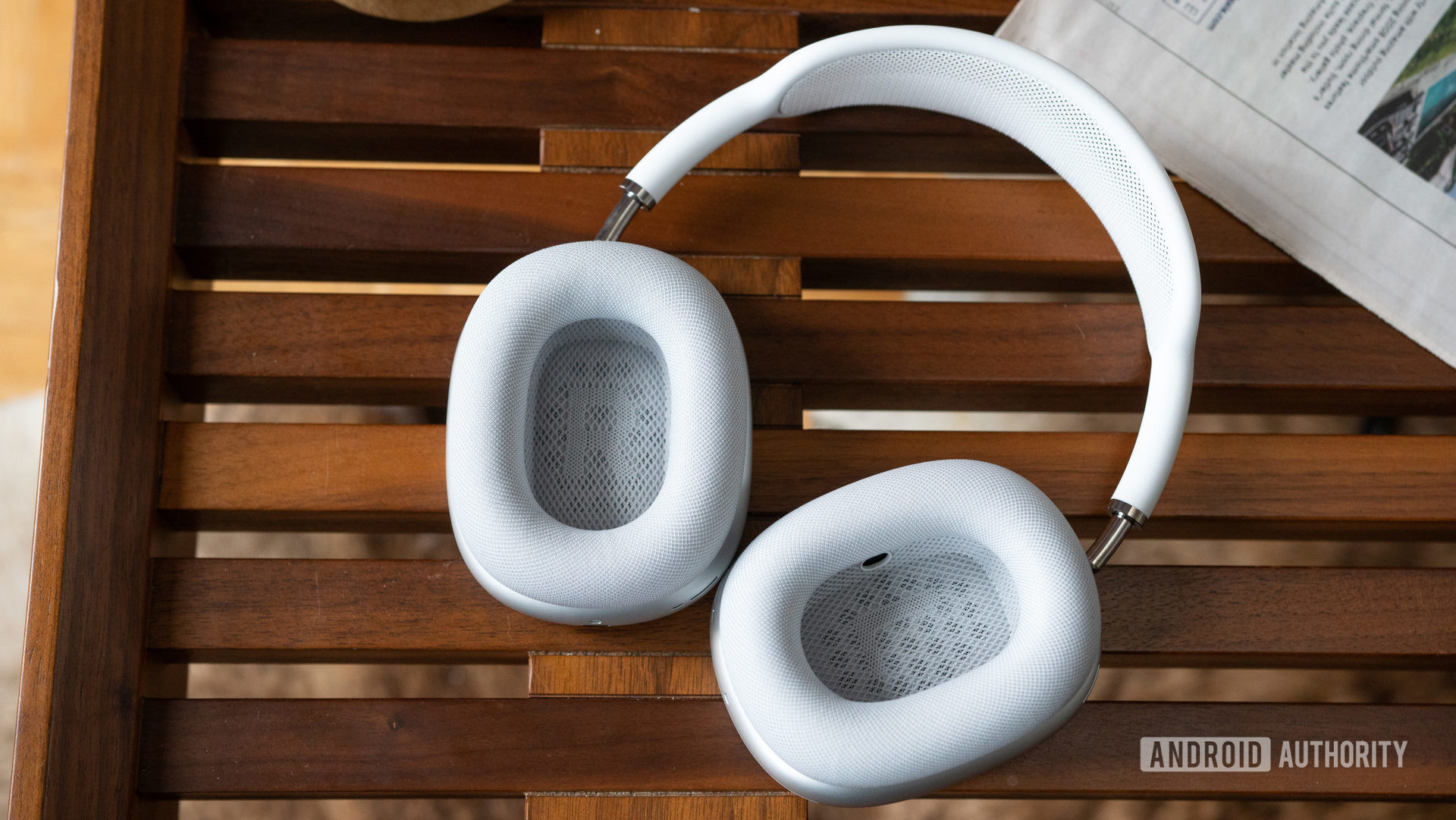
Adam Molina / Android Authority
In addition to an update to its AirPods earbuds, it is expected that Apple is planning a reboot of its over-ear headphones. While there was no mention of the next-gen AirPods Max 2 at the company’s “Wonderlust” event on September 12, 2023, Mark Gurman indicates the updated headphones may be released in late 2024. This will likely coincide with the release of Apple’s next-gen iPhones and iPads at the end of the year. It is also worth noting that over three years have elapsed since Apple brought the original AirPods Max to market on December 15, 2020. With that in mind, it seems likely that we will see the Apple AirPods Max 2 launch in the next 12 months.
While details are scarce, the AirPods Max 2 will likely follow in the footsteps of the AirPods Pro 2 and switch its Lightning charging port to USB-C. This could pave the way for USB-C wired audio, given Apple ditched the 3.5mm aux input long ago. We can also expect a list of new colorways, comfortable earcups, and a plush, lightweight headband. The top of the right ear cup will likely retain the digital crown of its predecessor, providing volume and playback controls. The headphones should house Apple’s auto-pause feature, which intelligently pauses and resumes your music when you remove and replace the headphones. However, rather than entering low-power mode, the AirPods Max 2 would benefit from a power button to save battery life when not in use.
The Apple AirPods Max 2 will likely come to market alongside the release of the next-gen iPhone and iPad at the tail end of 2024.
Users can also expect a list of Apple-exclusive features out of the box. First and foremost is spatial audio, which is excellent for immersing yourself in surround sound. The headphones are also likely to host some of the best noise canceling on the market, given the original AirPods Max boast more powerful ANC than the Sony WH-1000XM5 and Bose Noise Canceling Headphones 700. The company’s Adaptive Transparency Mode should also be included, improving situational awareness and safety without removing the headphones. Apple may incorporate its H3 chip with the AirPods Max 2 to bring Bluetooth 5.3 with SBC and AAC Bluetooth codec connectivity. This could also see improved battery life, given the original AirPods Max boast 21 hours on a single charge using Apple’s H1 chip.
However, the lack of foldable hinges makes the original AirPods Max difficult to stow away. The included smart case also leaves much to be desired, functioning more as an off switch than a protector from serious knocks. This is a big miss, given the AirPods Max cost an eye-watering $549 at launch. We hope Apple has learned some valuable lessons over the past three years and will provide an IP rating, a broader list of high-res Bluetooth codecs, L/R ear detection, and a lower price point when the AirPods Max 2 come to shelves. However, we are not holding our breath.
There you have it: my top earbud and headphone picks to look out for in 2024. Is there anything you are excited about that didn’t make the list? Let us know in the comments below.

